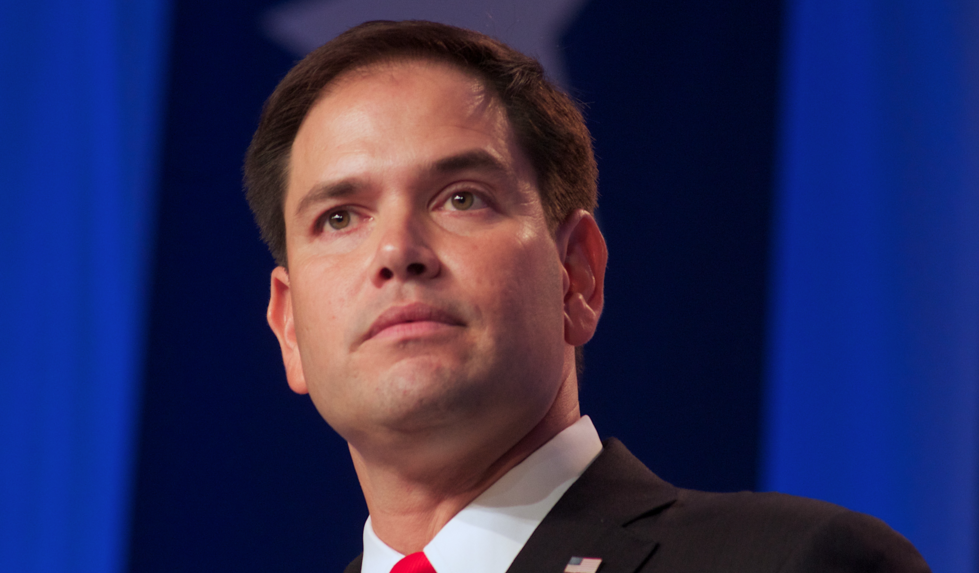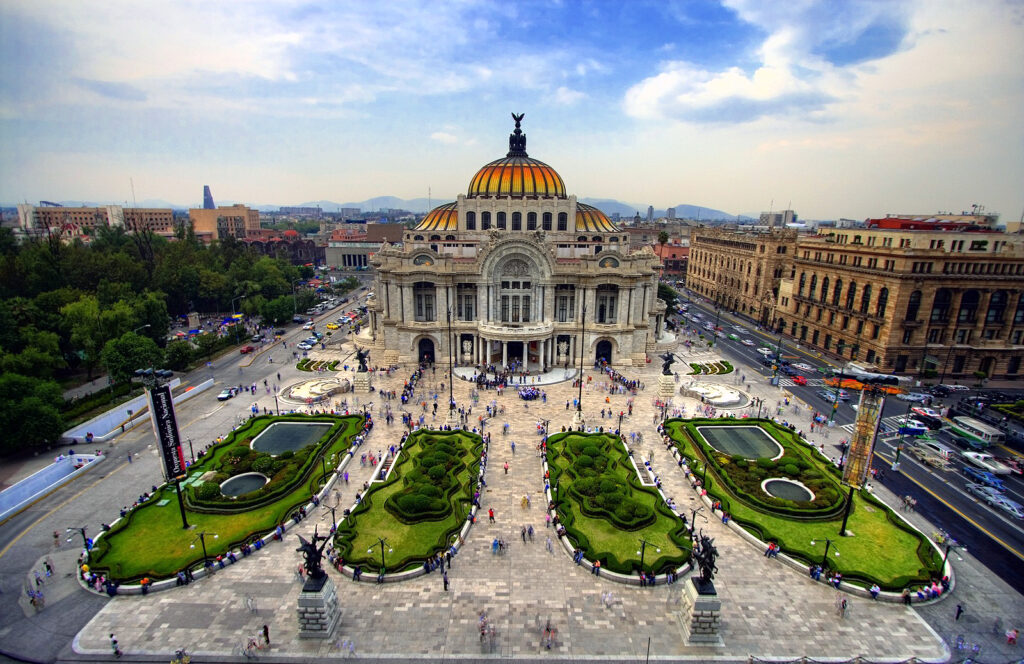There Is No Real-Estate Solution for Gaza
Here’s what truly fresh thinking would look like instead.

Two days ago, the president of the United States declared his intention to assume long-term ownership of the Gaza Strip, turn the coastal enclave into a real-estate-development heaven, and permanently remove its Palestinian inhabitants to other countries. The administration has already walked this proposal back, but not before touting the president’s “out of the box” thinking—a phrase that suggests ignorance of where, exactly, the box is.
The immediate social-media reaction of many Palestinians in Gaza was defiant: They do not intend to leave their homeland, although it is largely uninhabitable after nearly 16 months of a ferocious war. Many Gazans are furious with Hamas for the ruin it has brought to the Palestinian national project, and almost all said that they would love to see Gaza become a developed, prosperous, and secure home for the Palestinian people. But they also see Trump’s imperial plan as still more punishing blowback from the October 7 attack.
Trump is right to see Gaza’s potential. Twenty years ago, under Prime Minister Ariel Sharon, Israel withdrew its settlements from the Strip, which was to be the first building block of Palestinian statehood. Gaza had a short-lived airport and plans for a seaport, offshore gas drilling, and development projects that would teach new skills and breed sustainability and self-sufficiency. Palestinians had an opportunity to create effective self-governance in Gaza and demonstrate what the West Bank, too, could become without the Israeli occupation.
[Read: Trump’s wild plan for Gaza]
Instead, Hamas has led Gaza to its destruction. The October 7 attacks led to the meaningless loss of tens of thousands of lives; the Strip has been razed and strewn with ordnance, and billions of dollars in aid money squandered, while Hamas proclaims divine victory for its resistance project. If Trump really means to take over this field of ruins, he could offer a stern proposal for dispensing with Hamas’s power and make clear that the United States will become responsible for recycling Gaza’s wreckage, disarming its unexploded munitions—many of which are American-produced—and providing drinking water to its people, much as Washington did for Yezidi communities persecuted in northern Iraq by “Islamic State” terrorists. The United States bears some responsibility for the apocalyptic destruction visited upon Gaza, after all, having provided Israel with much material support.
Trump opted instead for an outlandish and offensive proposal of forced displacement, land theft, and colonization. Many Arab and Gulf nations have condemned Trump’s plan and reiterated their commitment to the Palestinian people’s right to remain on their land. Saudi Arabia responded to Trump’s “real-estate solution” by emphasizing its commitment to the two-state solution, saying it would not normalize relations with Israel unless a Palestinian state is formed.
The United States is unlikely to commit tens of thousands of troops to battling Hamas in Gaza, with all of the consequences that would entail. But the announcement itself, made in the presence of Israeli Prime Minister Benjamin Netanyahu during his visit to Washington, is sure to inflame anti-Americanism and anti-Semitism in the region. Trump’s rhetoric in this regard both belittles the Palestinian people’s attachment to their homes and undermines Israeli security.
An American threat to take over Gaza and annex the territory will not be an effective negotiating tactic with Hamas or other Palestinian players. And no Arab country will participate in the forced displacement of Palestinians out of the Gaza Strip. The Gulf countries are having to reiterate their commitment to the Palestinian people in a manner that puts them in a difficult position vis-à-vis normalization and the Abraham Accords. Even Netanyahu initially seemed to tread carefully by not fully endorsing the idea but praising Trump for his “fresh” thinking.
If what Trump really meant to do was to shake up the stalemate in Gaza by refusing the ordinary terms of engagement, he could have proposed some constructive measures. With Arab support, the U.S. could push Hamas into signing a 50-year truce with Israel. Trump could persuade the wealthy Arab countries to finance a transitional police force for Gaza that includes elements of the Palestinian Authority, in order to challenge Hamas’s monopoly on power. Maybe the Palestinian Authority could be enjoined to help rebuild and transform Gaza. Certainly, the United States can contribute rubble-removal equipment and help dispose of unexploded munitions before Hamas recycles them into new weapons.
[Read: Nobody wants Gaz-a-Lago]
But behind all of these efforts should be an iron-clad guarantee, through a binding United Nations Security Council resolution, of Palestinians’ right to repopulate the Gaza Strip. The Trump administration could address the people of Gaza in a speech acknowledging their pain and suffering—and promising U.S. support for a transformed Gaza so long as its people seek to live in peace and prosperity next to their Israeli neighbors.
Actual fresh thinking could lead to a reconstruction plan for Gaza that doesn’t activate the same old mechanisms that enabled Hamas to siphon off aid and resources in the past. A lawless grab for land and power, however, won’t do that—it will just delegitimize the United States and degrade its potential to do good in the world.













































































